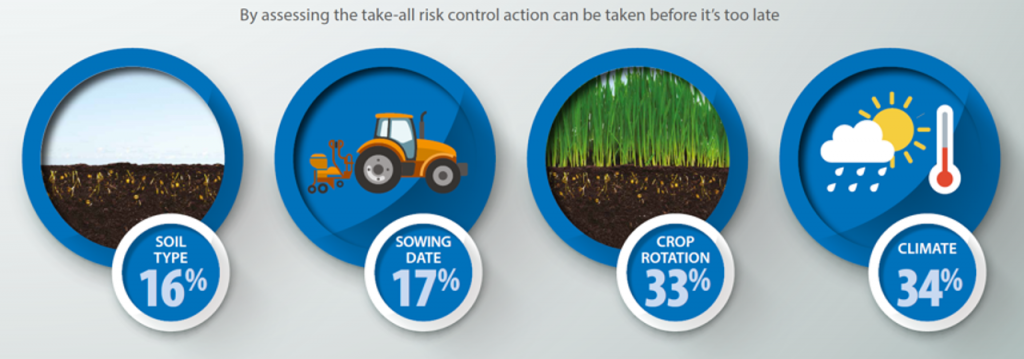Beware the take-all risk
31st October 2018
Following a season which saw the lowest average wheat yields in five years, growers are being reminded to do everything they can to reduce the impact of soil-borne disease, take-all,
Following a season which saw the lowest average wheat yields in five years, growers are being reminded to do everything they can to reduce the impact of soil-borne disease, take-all, in second wheats.
Many are attributing the poor yields to the adverse summer weather, but with the current wheat price of £180/t, take-all remains a major threat to profitability, explains Laurence Power, Technical Manager at Certis.
“The window for drilling winter wheat is quickly drawing in, and although the level of take-all inoculum in soils starts to decline later in the drilling window, the disease can still reduce yields by up to 50%.
“Selecting a seed dressed with Latitude (silthiofam) is a good insurance policy for winter wheat, even in later drilled situations,” he says.
“Warm and dry conditions can exacerbate take-all, damaging the roots of the crop and limiting water and nutrient uptake. So, protecting roots now so they are better equipped to deal with the season ahead is key,” explains Laurence.
“Silthiofam creates a zone of protection around vulnerable emerging roots, helping to suppress the take-all pathogen. This helps the plant to develop robust rooting to take up water and nutrients more readily and gives the crop chance to achieve its yield potential.
“Trials with Latitude have demonstrated that this positive effect on yield, grain quality and specific weight can be achieved in crops drilled from early October through to November,” he says.

